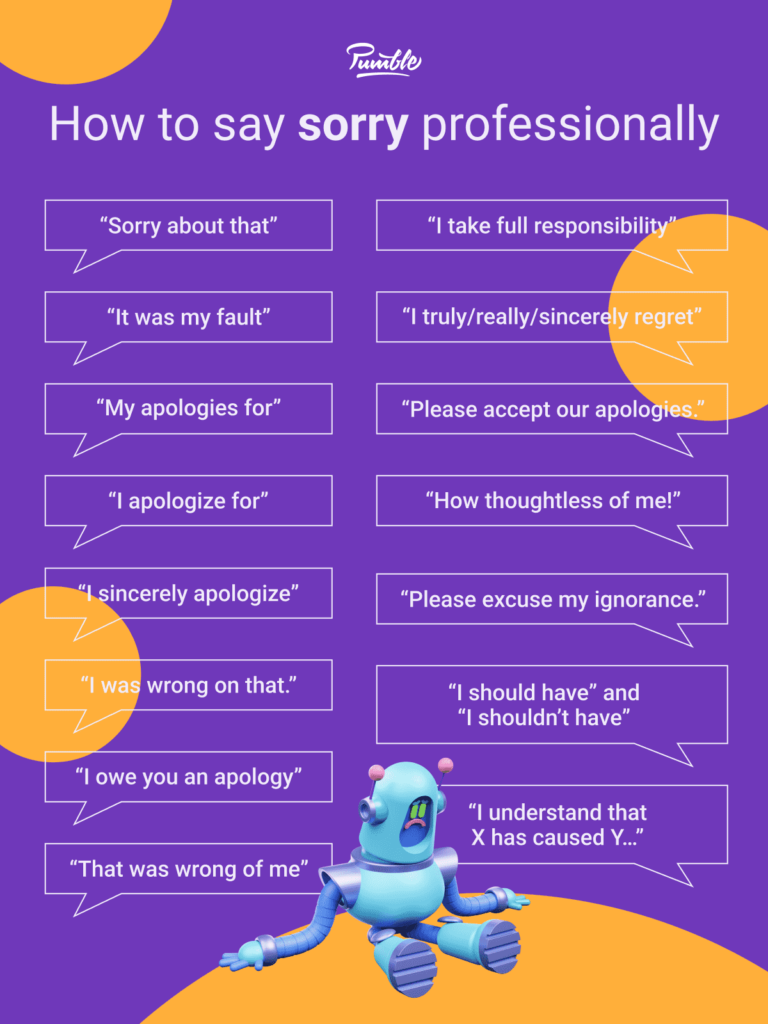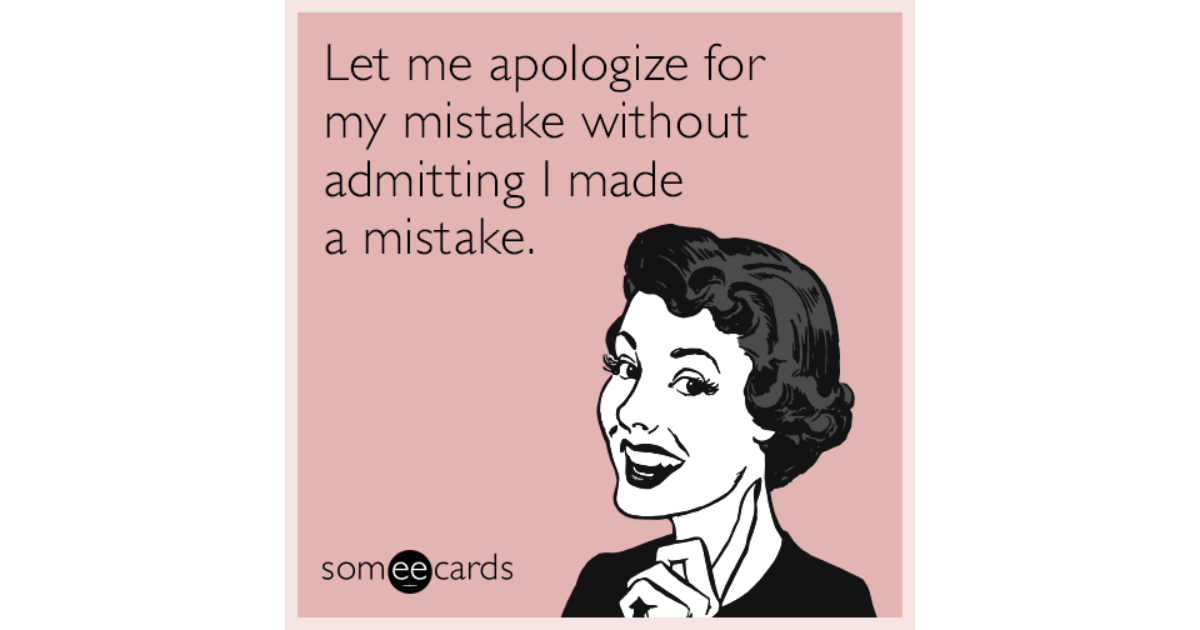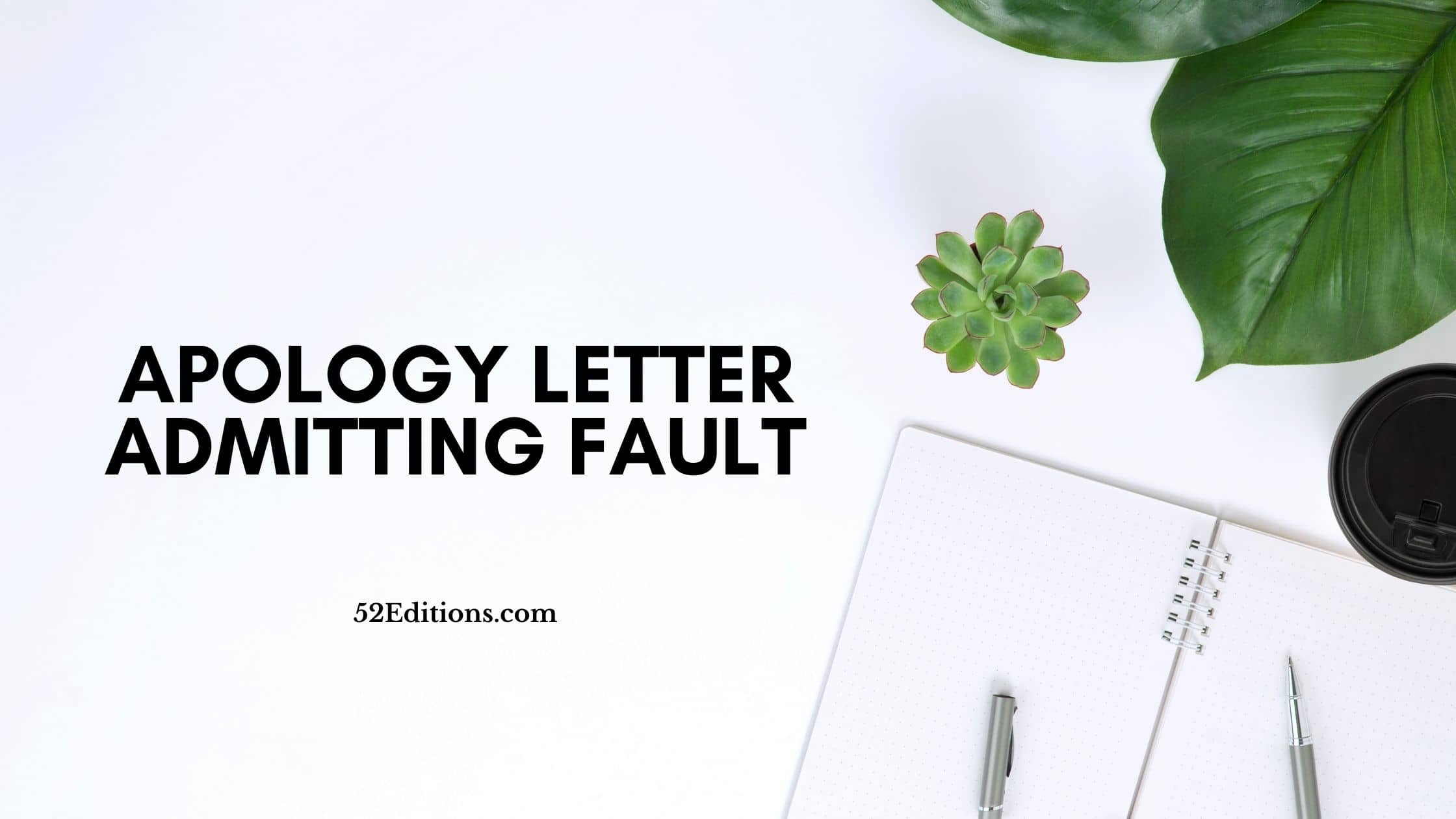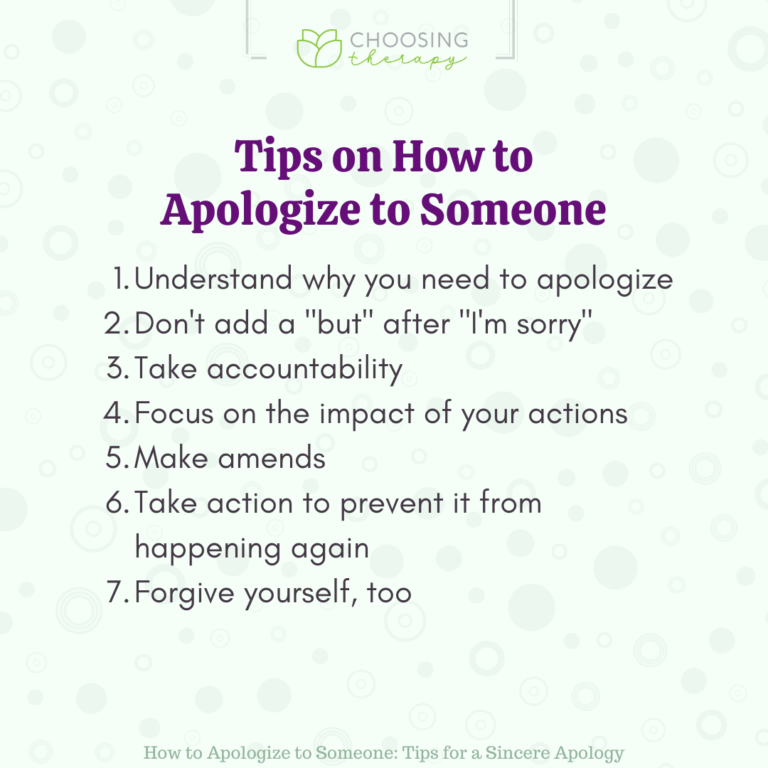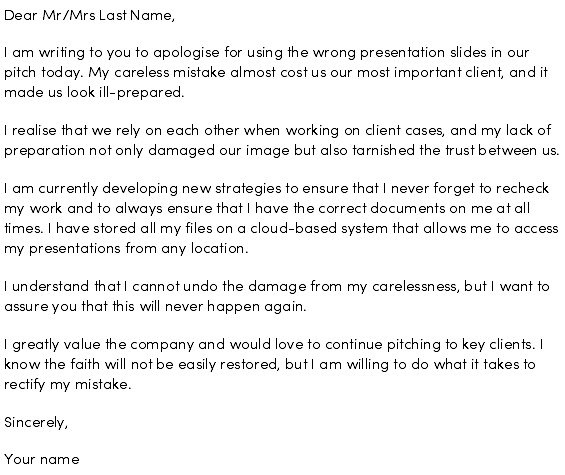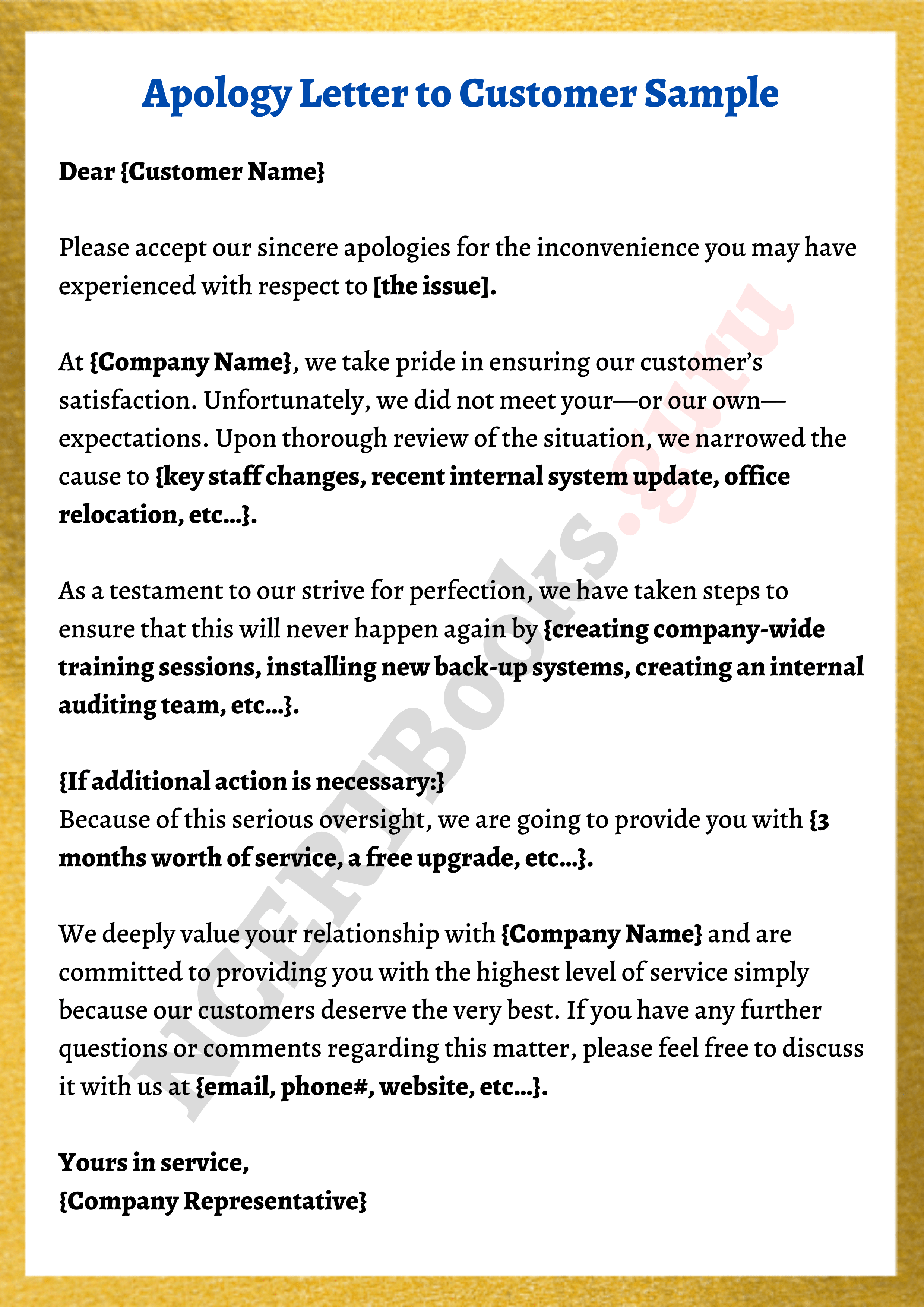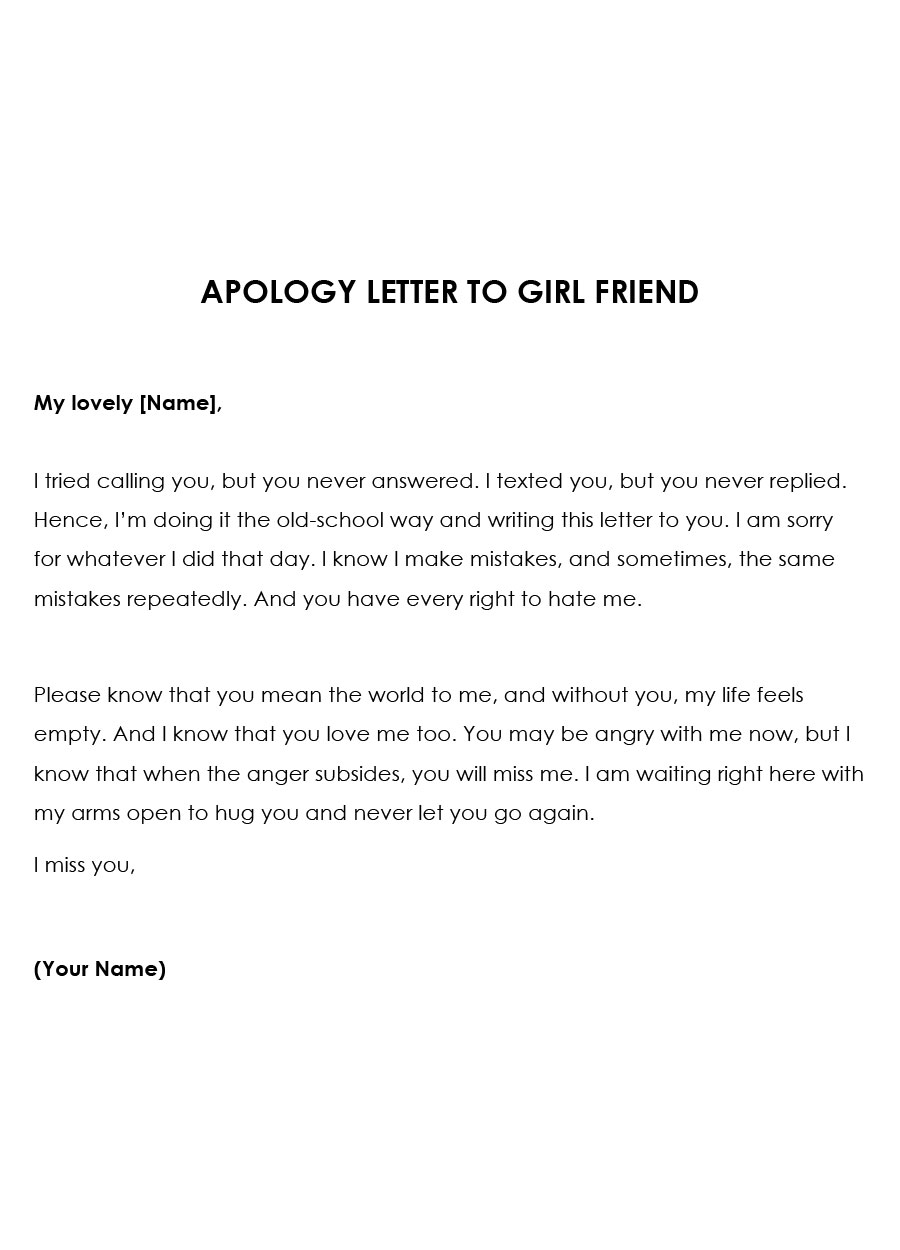How Do You Apologize Without Admitting Fault
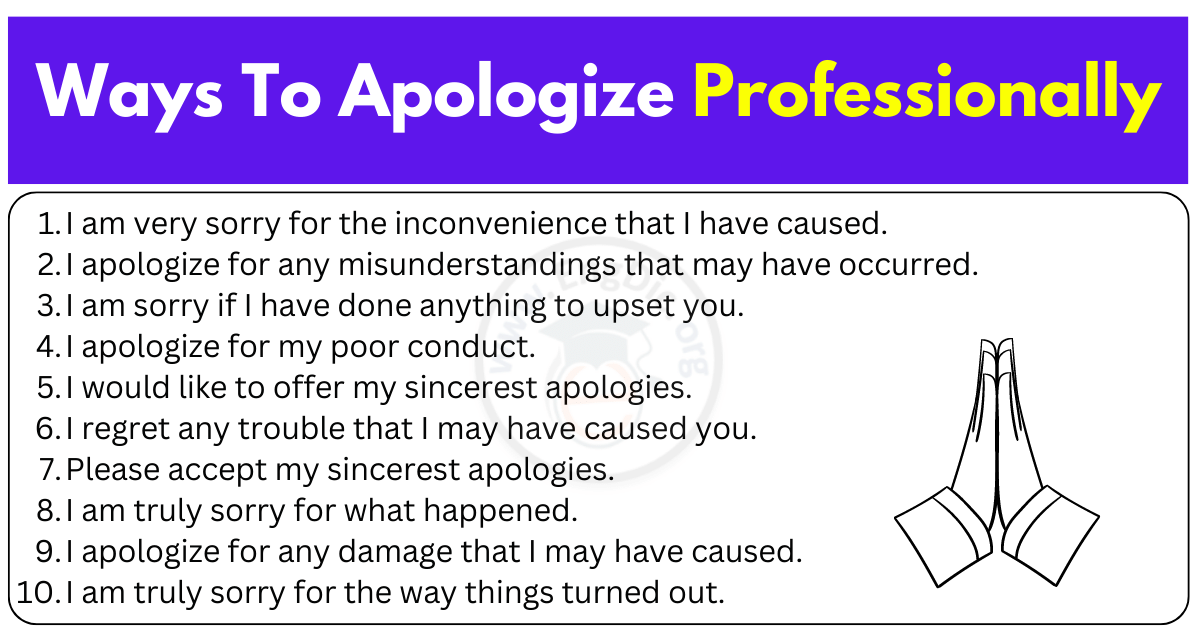
Imagine the tension hanging thick in the air after a misunderstanding. Maybe it's a friend feeling slighted, a colleague misinterpreting an email, or even a family member bristling at a perceived offense. You value the relationship, but you're not convinced you did anything wrong. How do you bridge that divide, offering comfort and reconciliation without admitting culpability?
Navigating these tricky situations requires a delicate dance, mastering the art of the non-apology apology. This approach focuses on expressing regret for the other person's feelings and the impact of the situation, without explicitly accepting blame for causing it. Mastering this skill can preserve relationships and de-escalate conflicts, offering a path to resolution when a straightforward admission of fault isn't feasible or desired.
The Nuances of Regret: Understanding Impact vs. Intent
At the heart of a successful non-apology apology lies a clear distinction between intent and impact. We can acknowledge the negative impact our actions had on someone without necessarily agreeing that our intent was malicious or incorrect.
For example, consider saying, "I'm so sorry you felt that way" or "I regret that this situation caused you distress." These statements validate the other person's experience without implying you were at fault.
Professor Edwin Battistella, a linguist at Southern Oregon University, highlights the importance of empathy in such situations. He notes that focusing on the other person's feelings demonstrates emotional intelligence and a willingness to understand their perspective, even if you disagree with their interpretation of events.
Common Phrases and Their Pitfalls
The language we use is crucial. Phrases like "I'm sorry if I offended you" can come across as insincere and dismissive.
Similarly, "I'm sorry you misinterpreted what I said" shifts the blame onto the other person, escalating the conflict. Instead, opt for phrases that acknowledge the other person's feelings without assigning fault, such as "I'm sorry there was a misunderstanding" or "I'm sorry this has been difficult for you."
According to a study by the Harvard Business Review on effective communication in the workplace, these subtle shifts in language can significantly impact the perception of sincerity and trustworthiness.
Beyond Words: Body Language and Tone
Verbal communication is only part of the equation. Your body language and tone of voice play a significant role in conveying sincerity.
Maintain eye contact, use a calm and empathetic tone, and avoid defensive postures like crossed arms. Show genuine concern and a willingness to listen to the other person's perspective.
Researchers at the University of California, Berkeley, have found that nonverbal cues often carry more weight than verbal statements, especially when emotions are involved. A sincere tone and open body language can bridge the gap created by the absence of a direct apology.
When to Use (and Not Use) a Non-Apology
While the non-apology apology can be a useful tool, it's not appropriate in every situation. It's best suited for scenarios where there's a genuine misunderstanding, differing interpretations of events, or when admitting fault would have significant legal or professional consequences.
It's crucial to avoid using this approach to evade responsibility for genuine wrongdoing. Honesty and accountability are paramount in maintaining trust and building strong relationships.
If you know you made a mistake, a sincere and direct apology is always the best course of action. Deceptive or evasive behavior can damage your credibility and relationships in the long run.
The Art of Reconciliation: Moving Forward
Ultimately, the goal of a non-apology apology is reconciliation. It's about acknowledging the other person's feelings, repairing the relationship, and moving forward in a positive direction.
Offer a solution or a commitment to prevent similar situations in the future. This demonstrates your willingness to learn from the experience and work towards a stronger relationship.
Perhaps you could say, "To prevent this from happening again, let's agree to communicate more directly in the future," or "I value our relationship, and I want to ensure we're both on the same page moving forward." These statements foster a sense of collaboration and mutual respect, paving the way for a more harmonious future.



